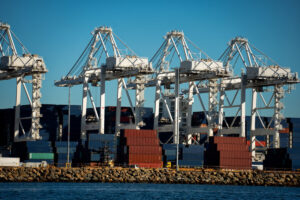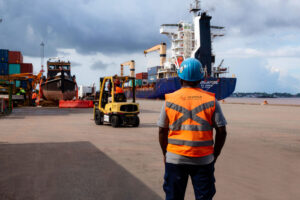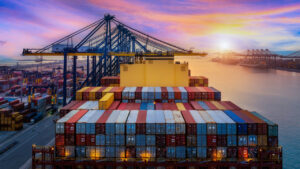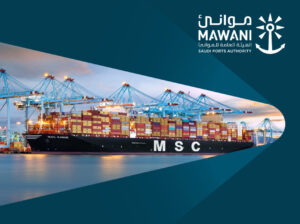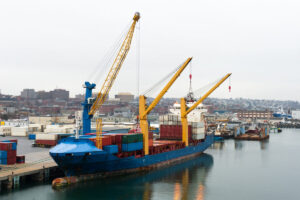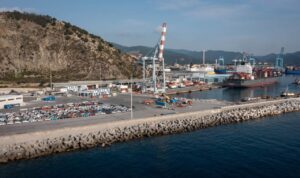In an exclusive paper for Port Technology, Jose Antonio Gonzalez Florido and Alejandro Cadenas González of Telefónica Global have identified a “deep transformational moment” for smart ports that hinges on the revolutionary potential of digital twin technology.
A technical paper from the Spanish telecoms giant focusing on this subject will be featured in Edition 83 of The Journal of Ports & Terminals, which is set to be released before the end of March 2019.
The upcoming edition is PTI's third e-Journal of 2019, and features six papers on the subject of 5G, AI and Exponential Technology.
The six papers are by the aforementioned Telefonica, Deloitte, the Port of Hamburg, Loginno, INFORM and Hamburg University.
Read Edition 82 of the Journal of Ports and Terminals, which is digitally optimized with links to useful content and videos
Highlighting the potential of digital twin as one of those technologies, Florido and González discuss in their paper how major European ports like Rotterdam are “using IoT technology to create a ‘Digital Twin’ of the port, and thanks to that make better decisions”.
This innovation, described in the paper as “a digital representation of a physical asset”, has a number of applications to the industry of ports and terminals, helping authorities and operators to predict potential problems before they can impact upon operations.
Vincent Campfens, Port of Rotterdam, discusses digital ports in a recent Port Technology technical paper
Ultimately, the digital twin relies on real-time data provided by an Internet of Things (IoT) system to assess performance and underline any barriers to optimization.
5G and Wireless Networks will be key topics of discussion, and the basis for a key session, at the upcoming Container Terminal Automation Conference 2019. You can find out more information and book your place by visiting the official #CTAC19 website.
In the paper, Florido and González underline a number of the processes which digital twins and predictive models could potentially improve, including mooring and casting off, remote controlled cranes, connected vessels and asset tracking.
According to the Telefónica experts, “these are only a few examples that can help the customer to minimize operational costs, improve customer satisfaction, optimize revenues, and even generate new revenue streams”.
For more on digital twin technology and the importance of connectivity in ports, you can read the full paper from Telefónica and much more in the next edition of The Journal of Ports & Terminals: 5G, AI, ML & Exponential Tech.



